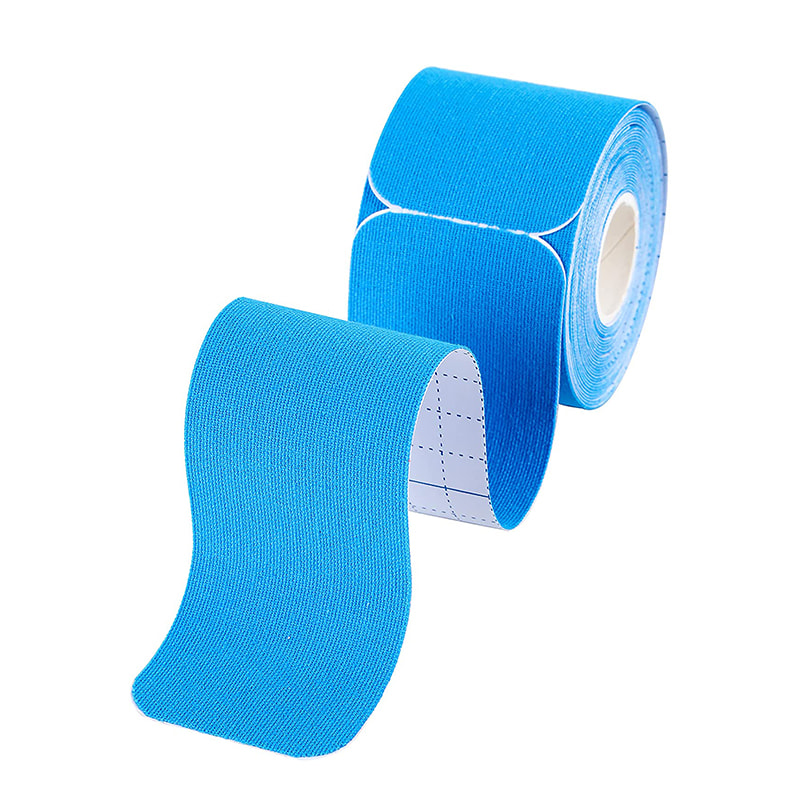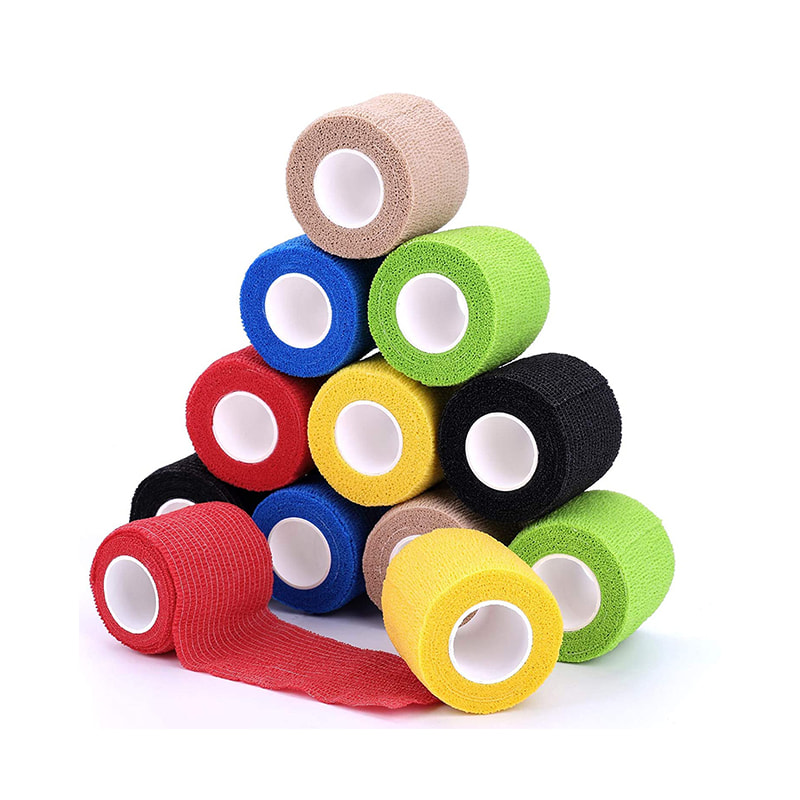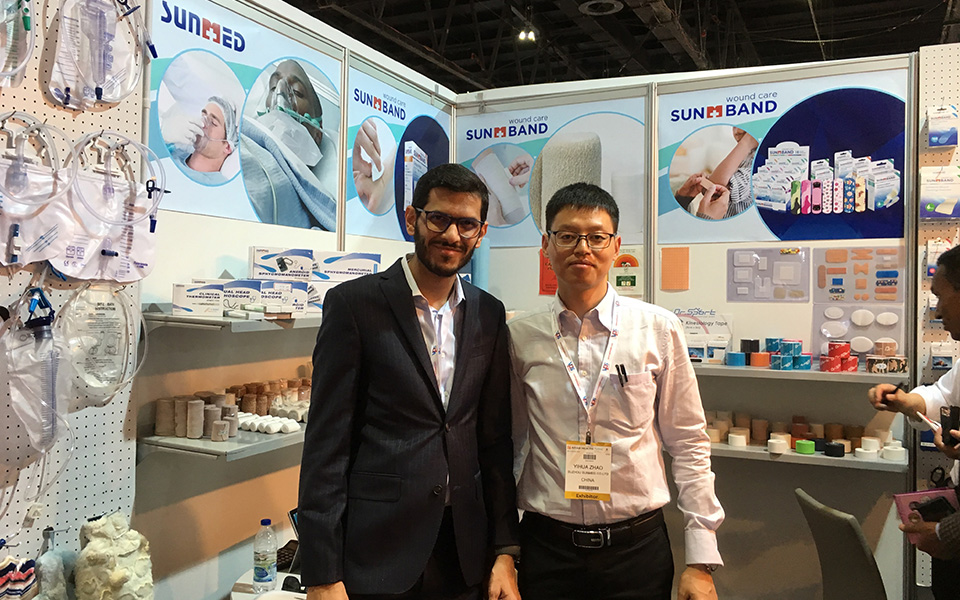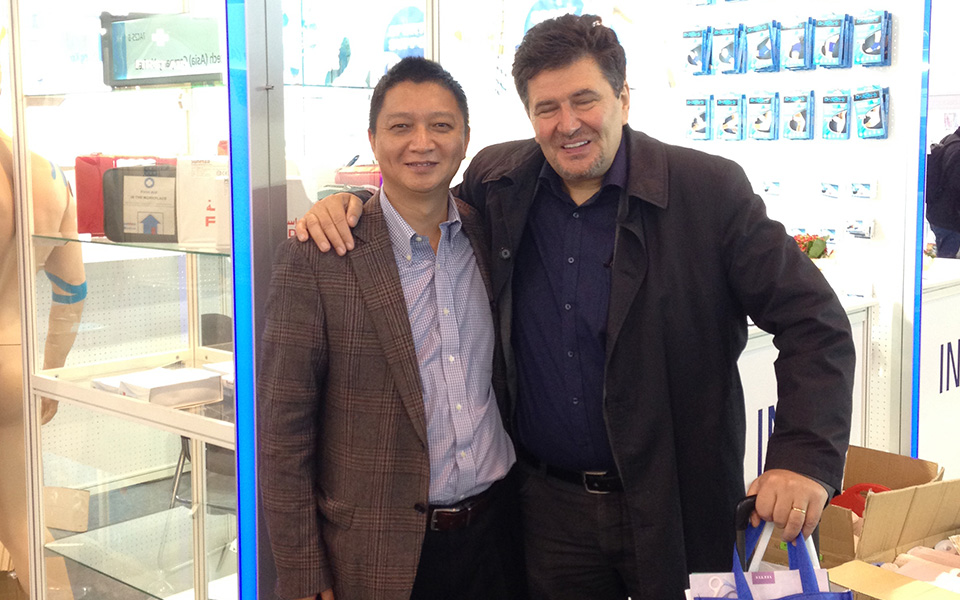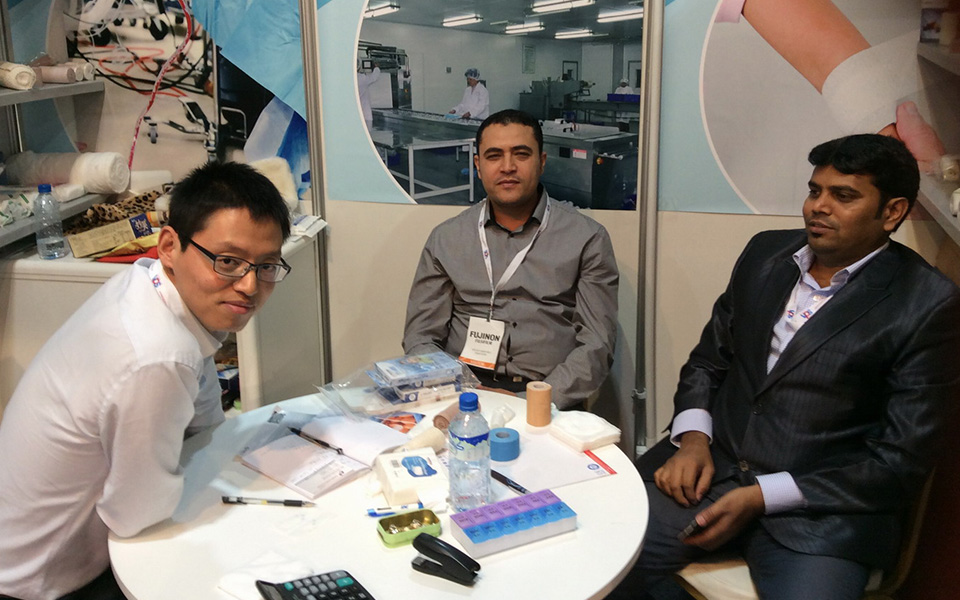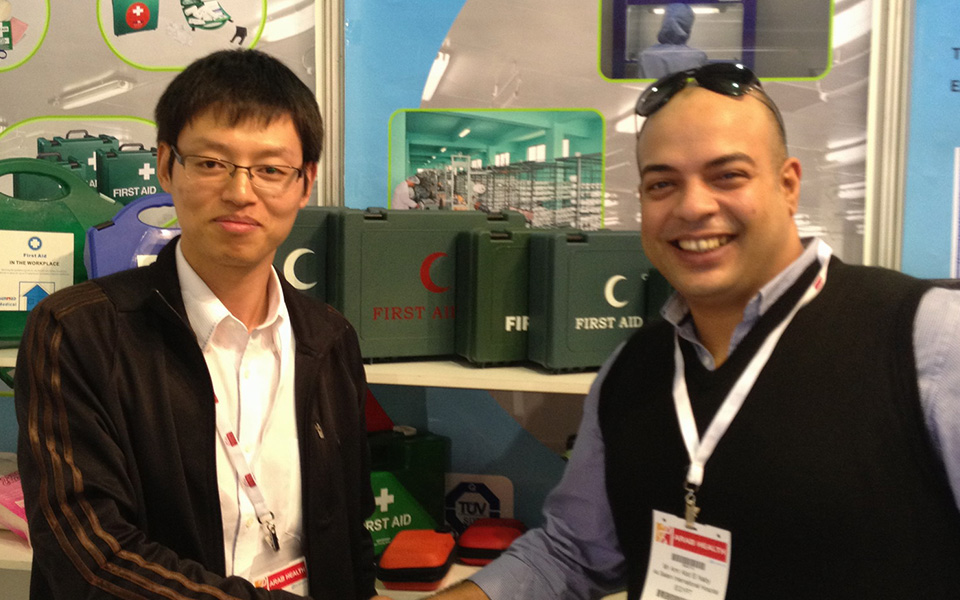Breathability in bandages is an important factor that can significantly affect the healing process. Here's how breathability can influence wound healing and some information on bandages designed for better breathability:
Impact of Breathability on Healing:
Breathable bandages help maintain a moist environment at the wound site, which is beneficial for healing as it prevents the wound from drying out. A moist environment can promote faster healing and reduce the risk of scarring.
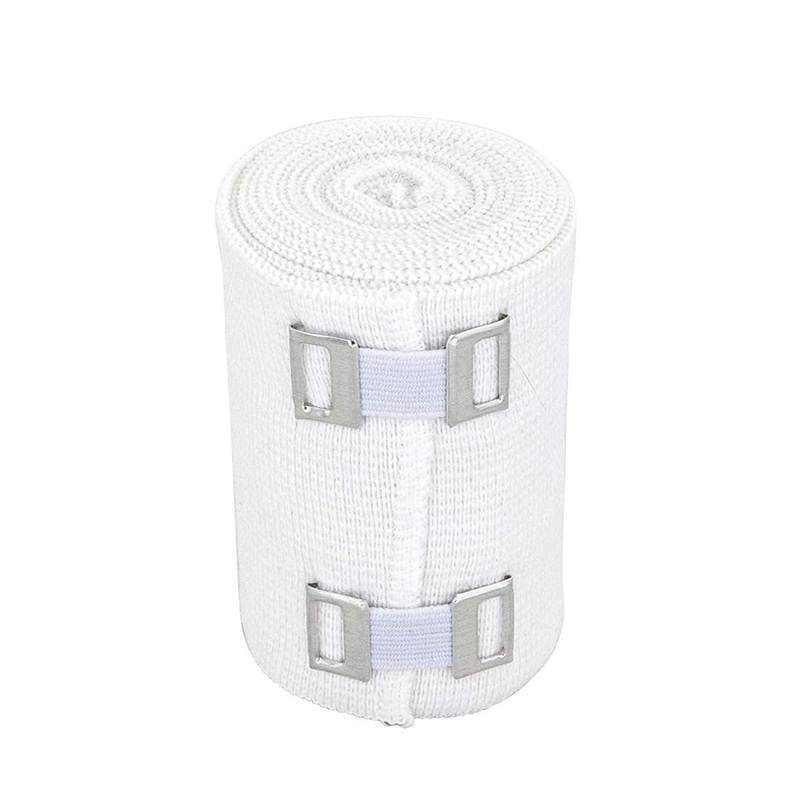
By allowing air to circulate around the wound, breathable bandages can help prevent the buildup of bacteria, which can reduce the risk of infection.
Oxygen is essential for the healing process. Breathable bandages allow for a better supply of oxygen to the wound, which can promote faster healing and tissue regeneration.
Breathable bandages are less likely to cause skin irritation or maceration (softening of the skin due to prolonged contact with moisture), which can increase patient comfort during the healing process.
Bandages Designed for Better Breathability:
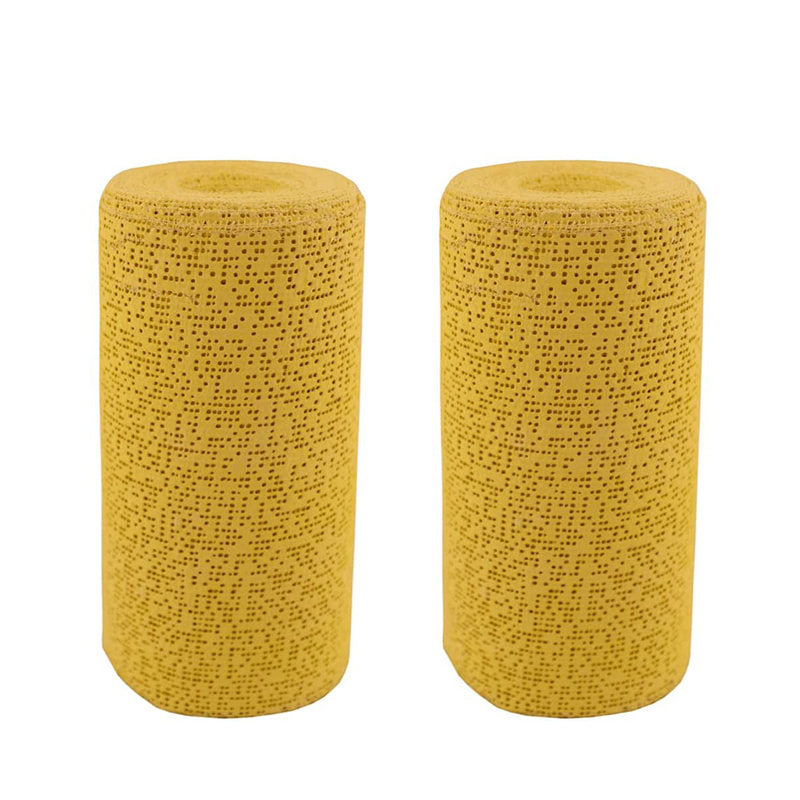
Non-Adhesive Dressings: These are designed to be placed over a wound and held in place with a separate bandage. They are often made from materials like cotton or rayon, which are breathable.
Adhesive Bandages: Some modern adhesive bandages are made with microporous materials that allow air to pass through while still providing a secure seal to protect the wound.
Gauze Bandages: Traditional gauze bandages are highly breathable and can be used in combination with other materials to create a breathable dressing.
Hydrocolloid Dressings: These are designed to absorb exudate and create a moist environment. They are also breathable, allowing some air to reach the wound.
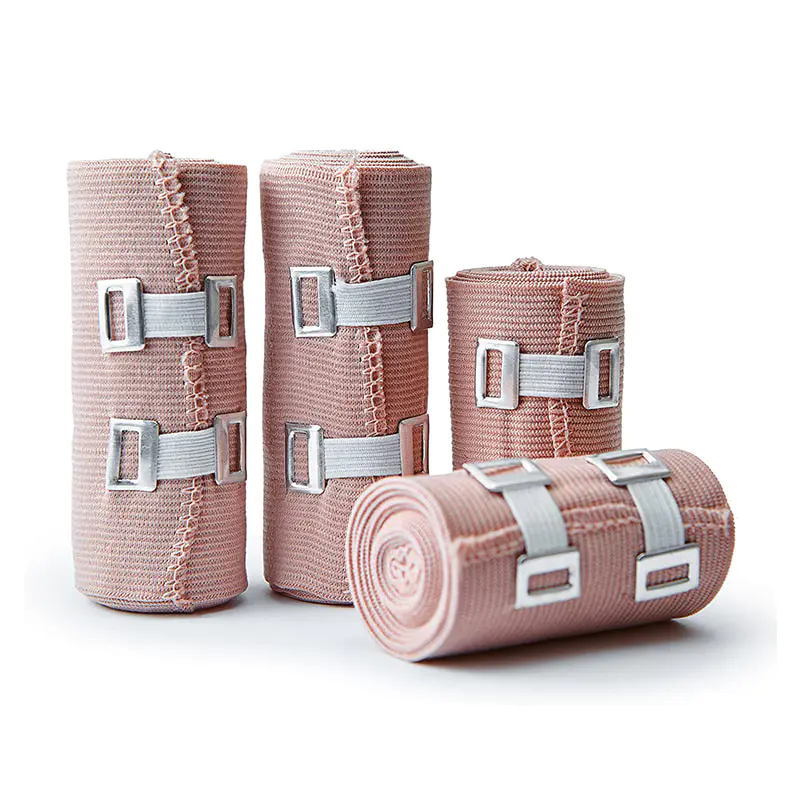
Film Dressings: Thin, transparent, and semi-permeable, film dressings provide a barrier to bacteria while still allowing some air to reach the wound.
When selecting a bandage for a wound, it's important to consider the specific needs of the wound and the patient. Factors such as the type of wound, the stage of healing, the amount of exudate, and the patient's skin type should all be taken into account. A healthcare professional can provide guidance on the most appropriate type of bandage for a given situation.
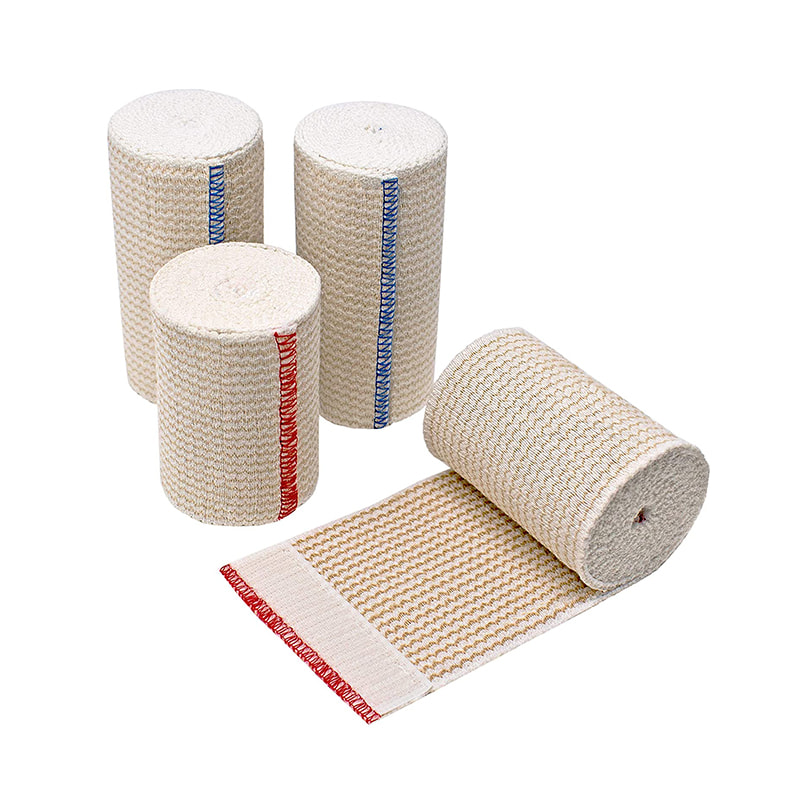

 English
English Español
Español русский
русский Français
Français Deutsch
Deutsch By Admin
By Admin



